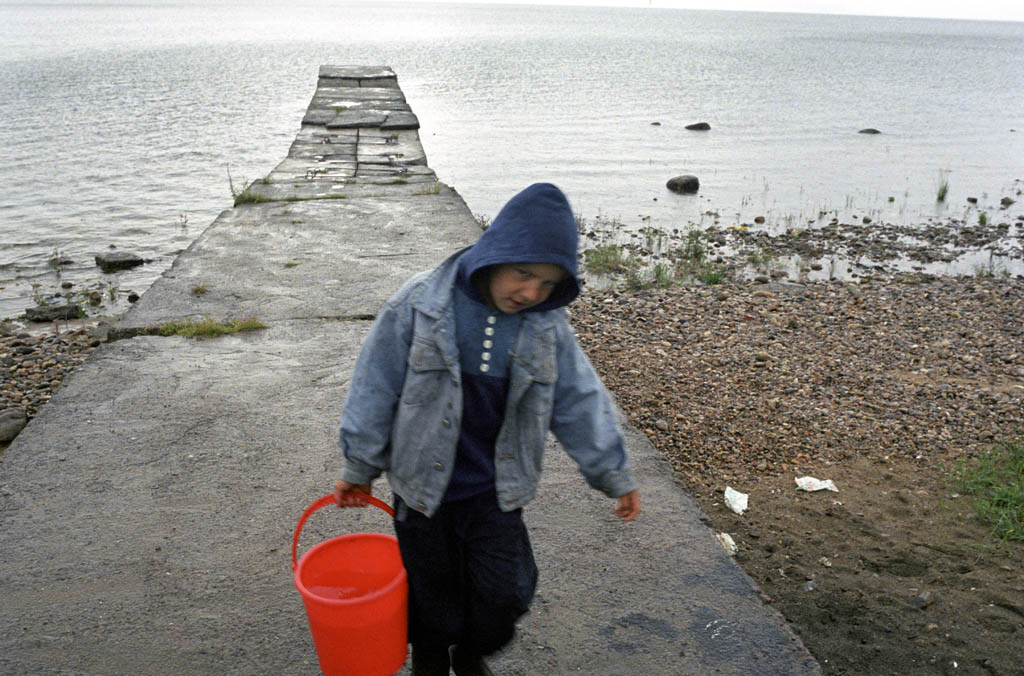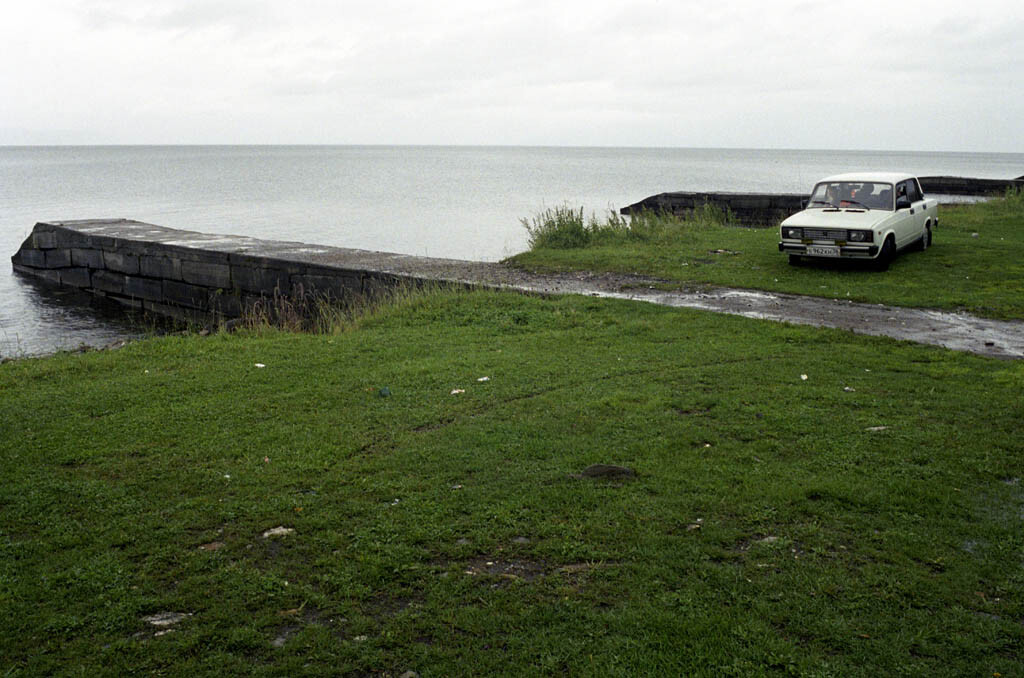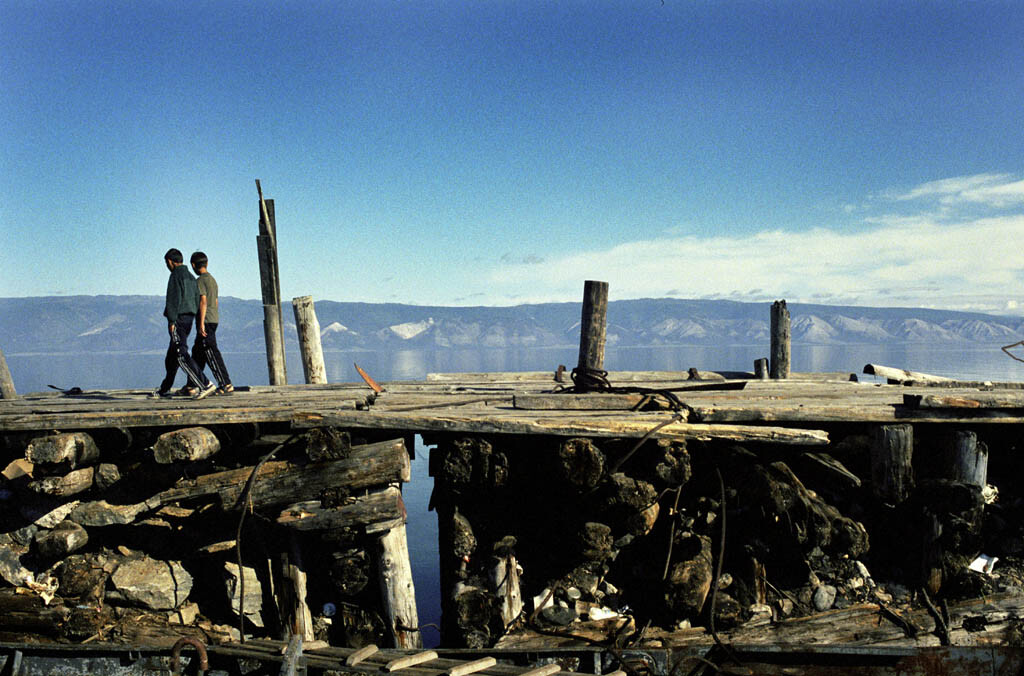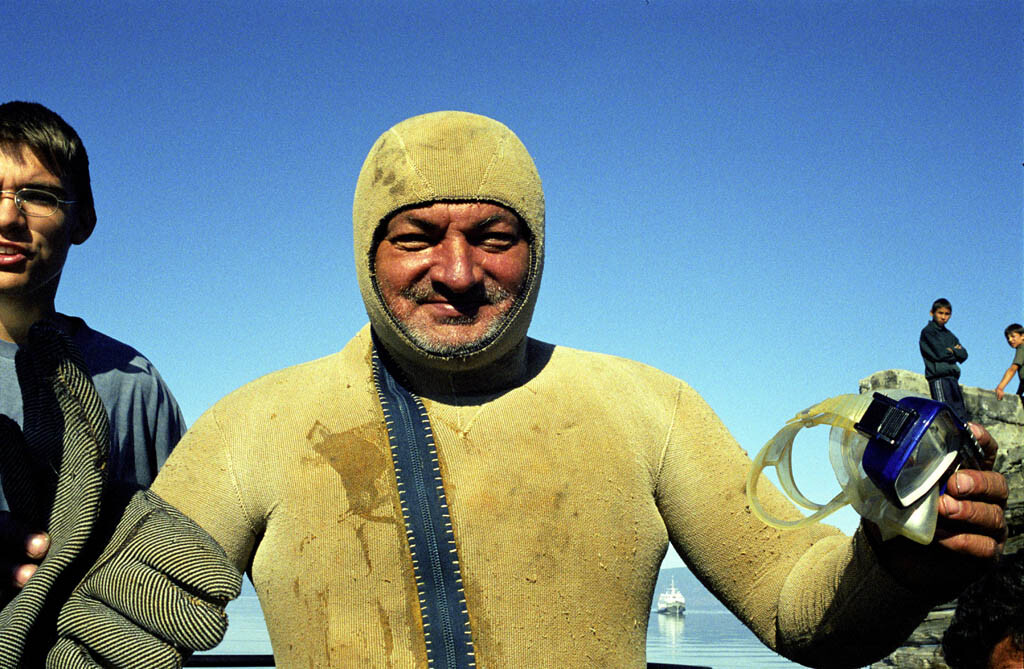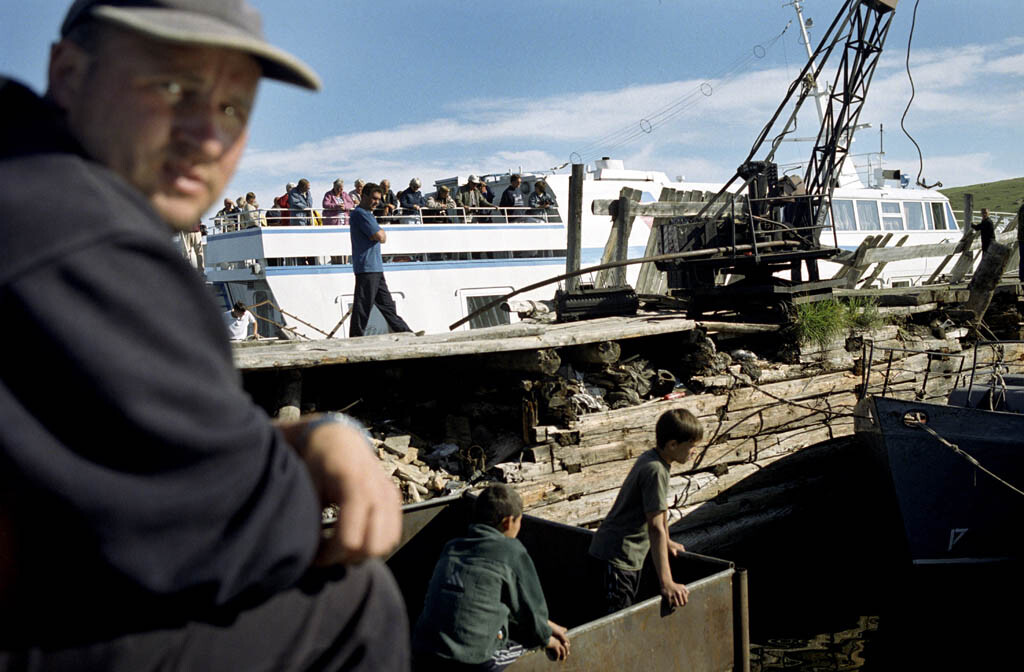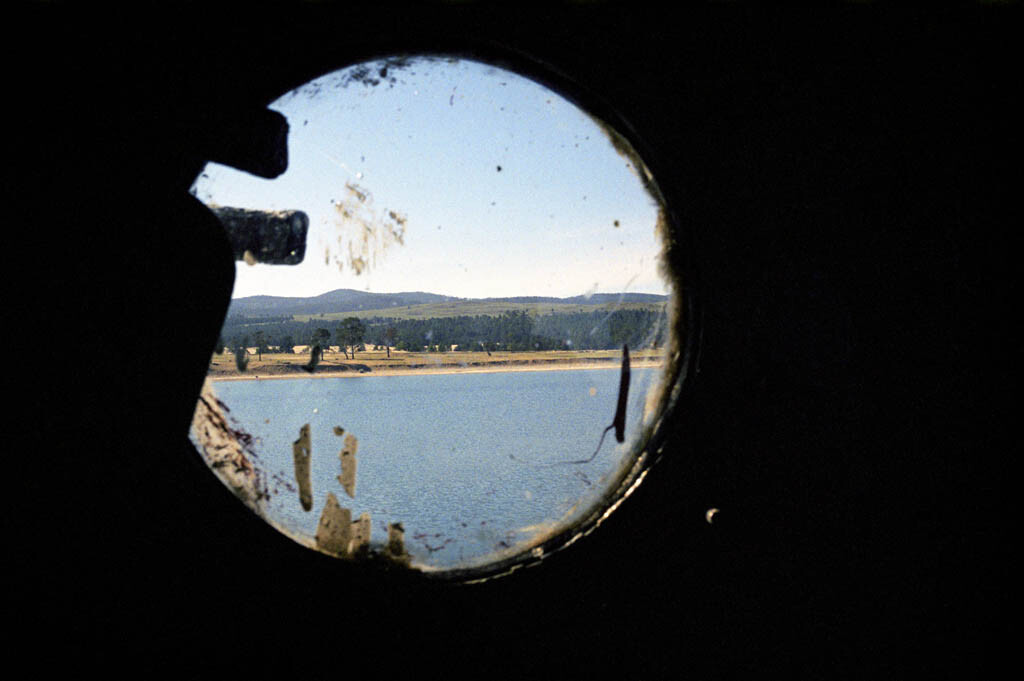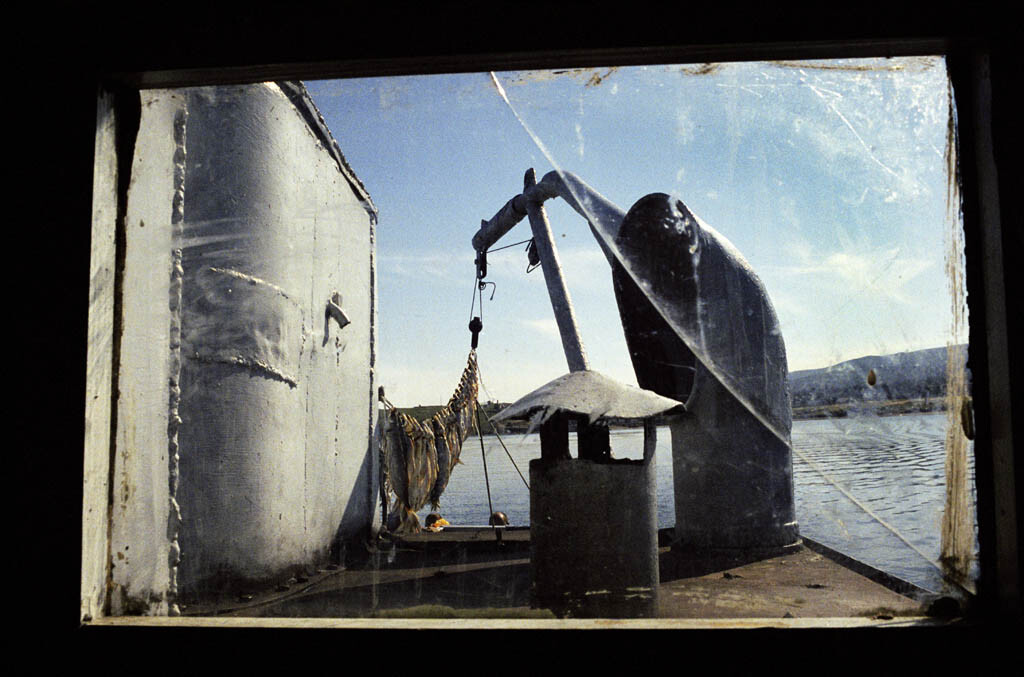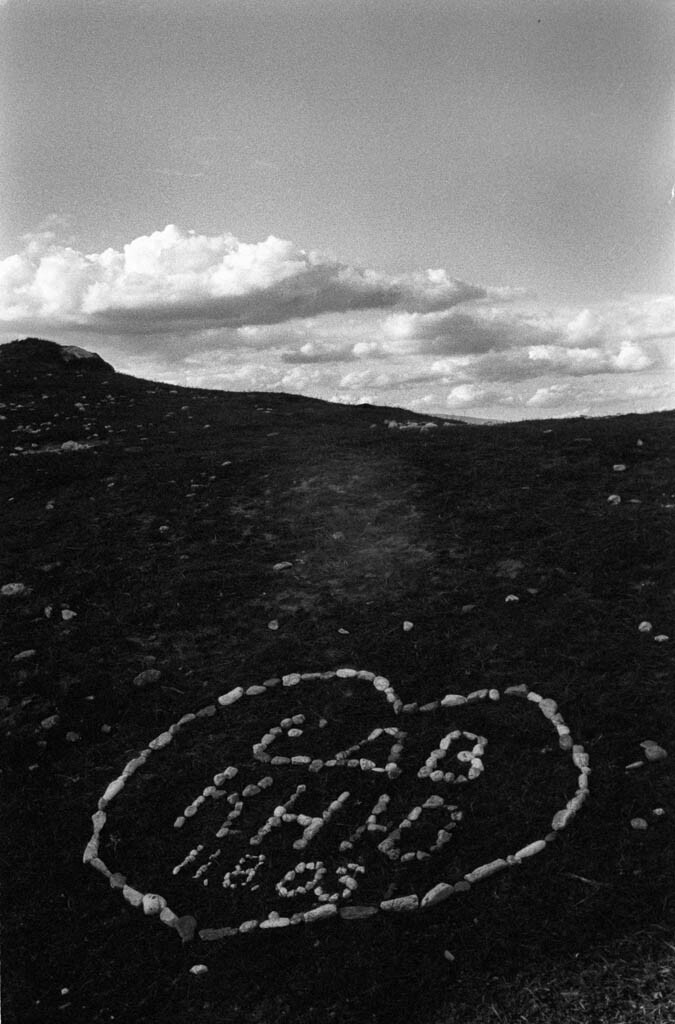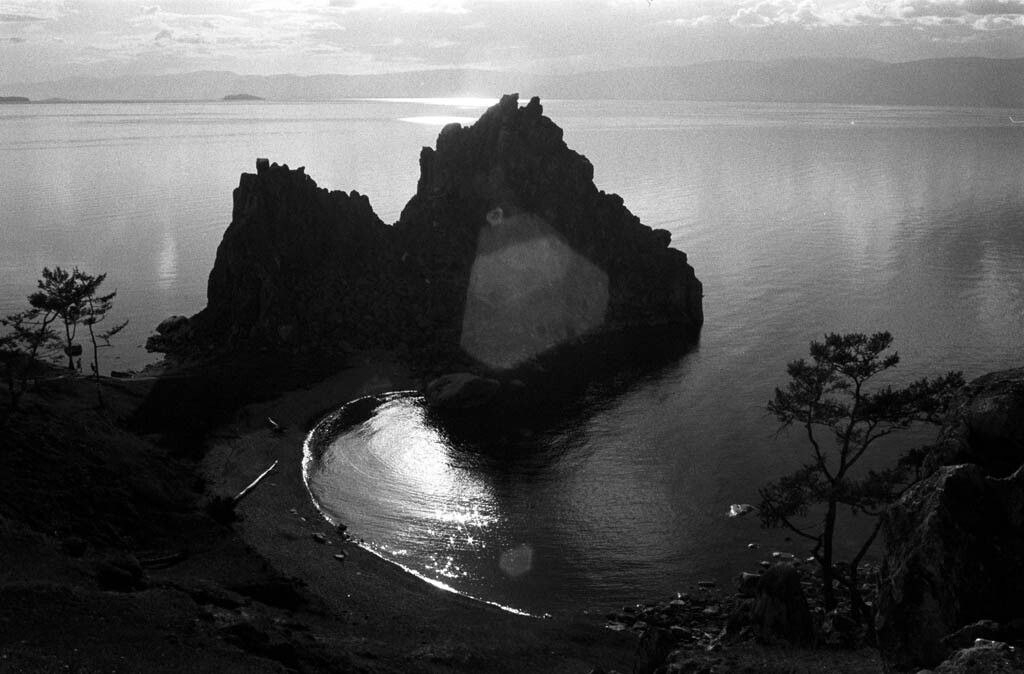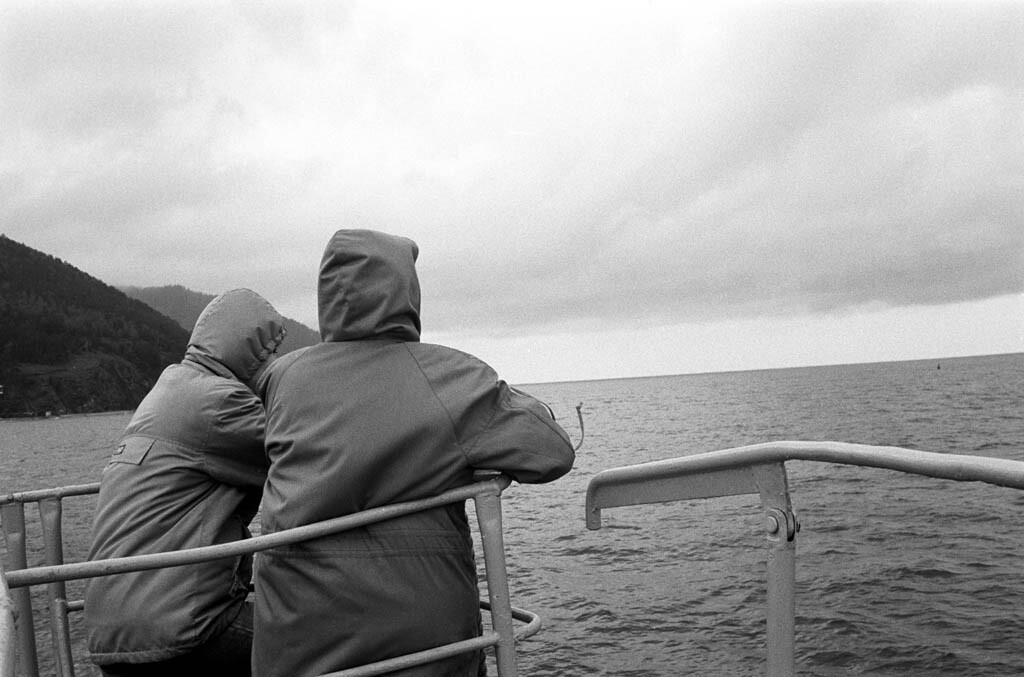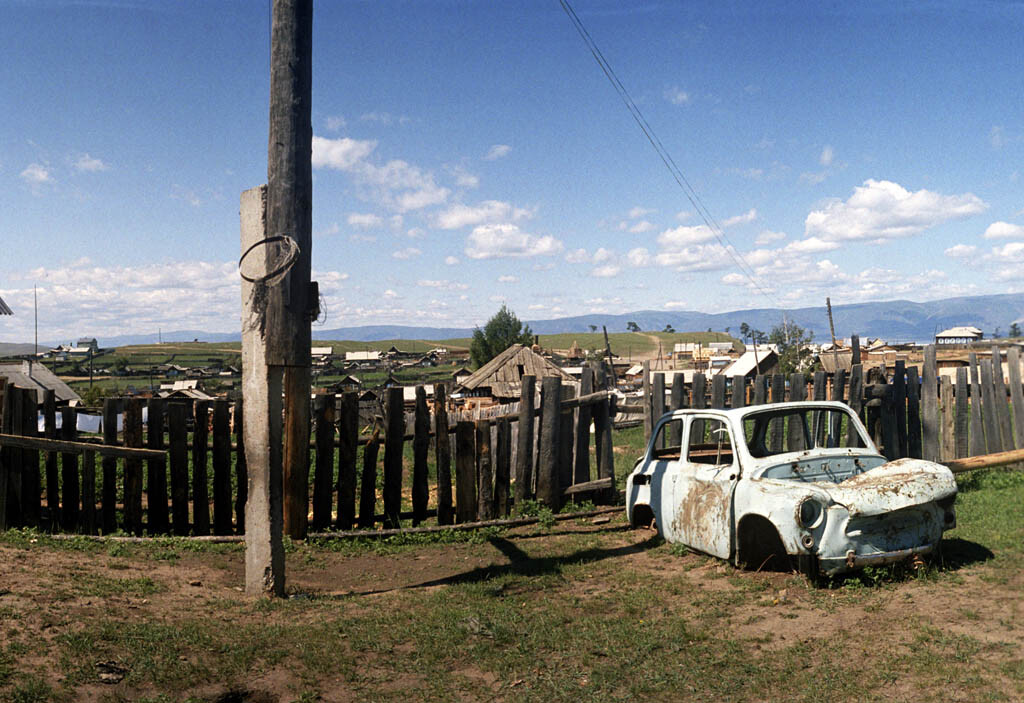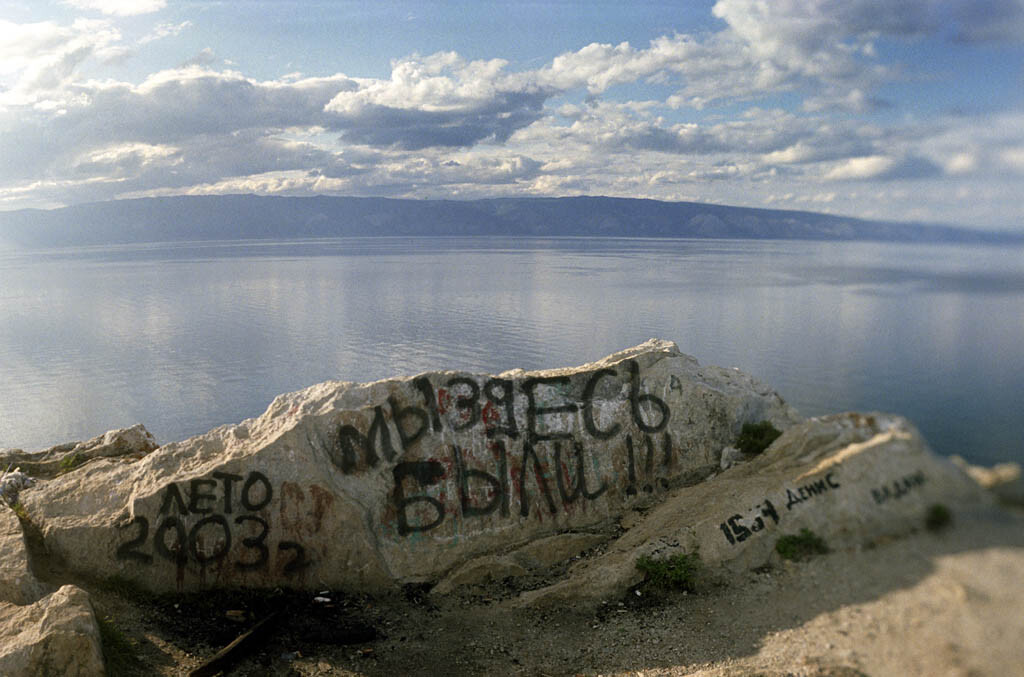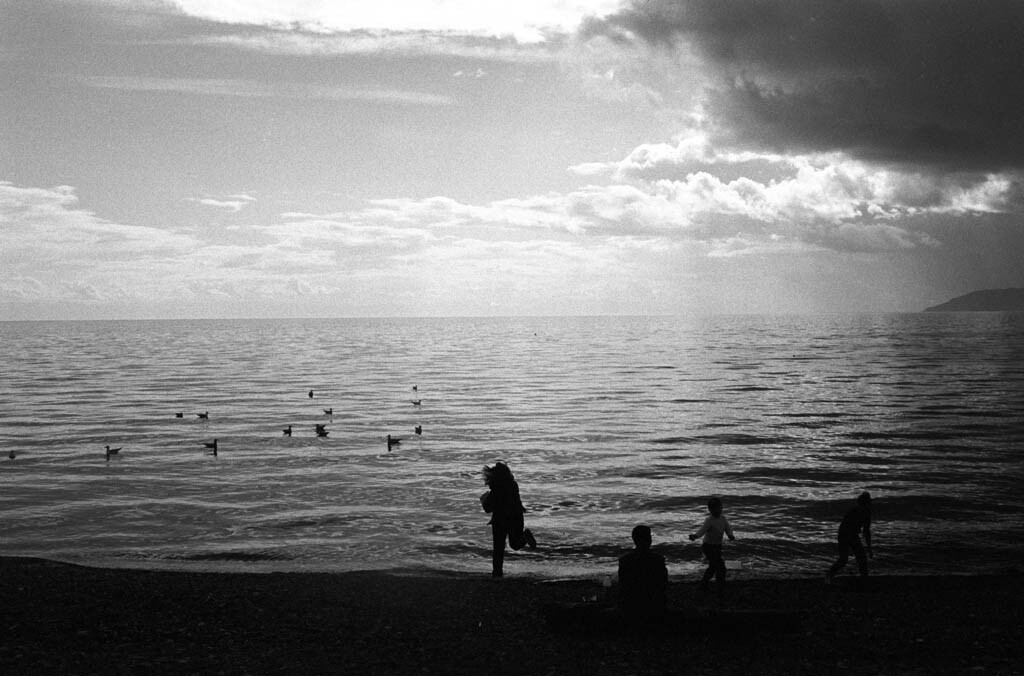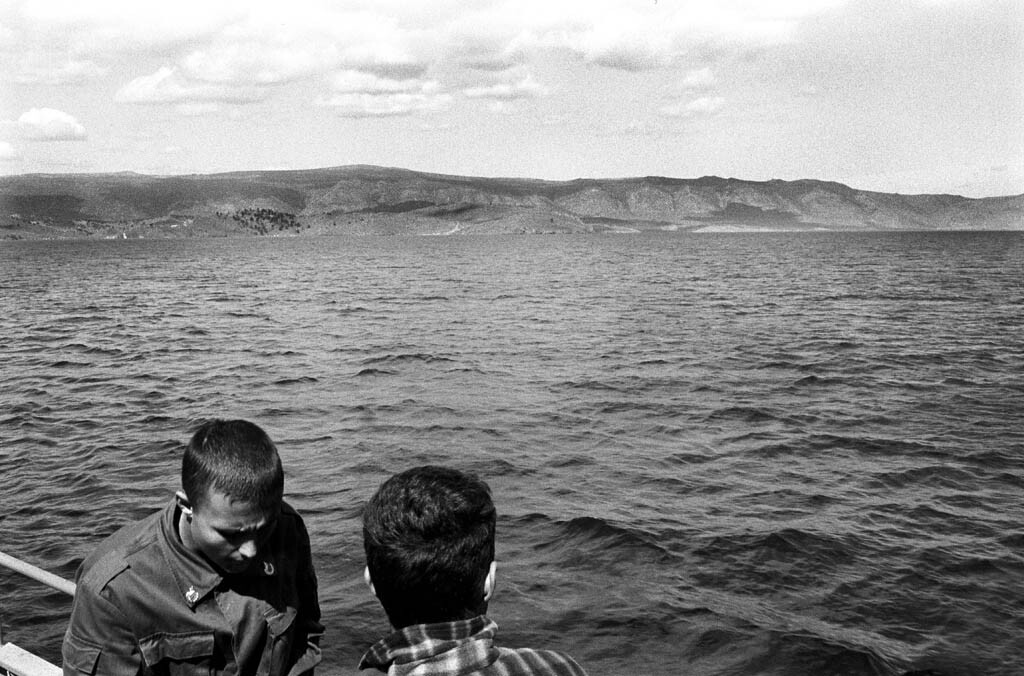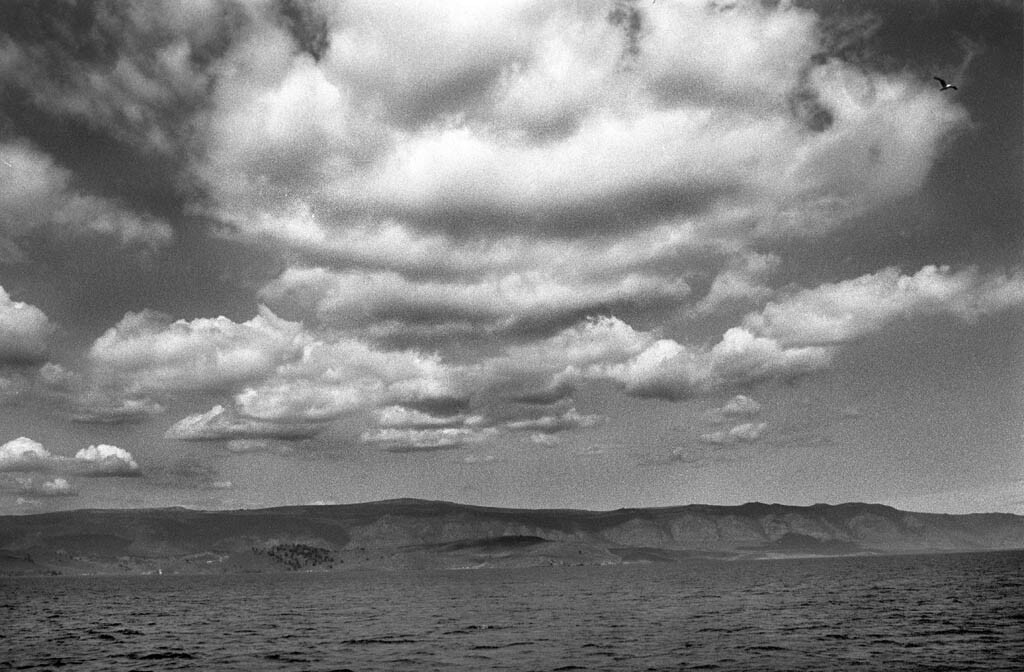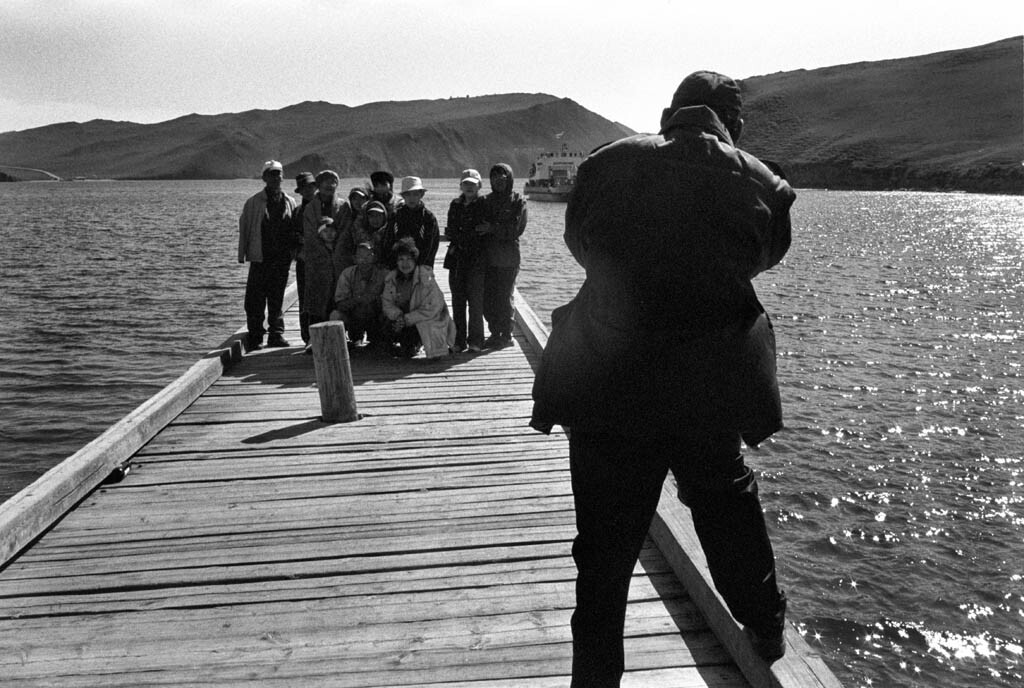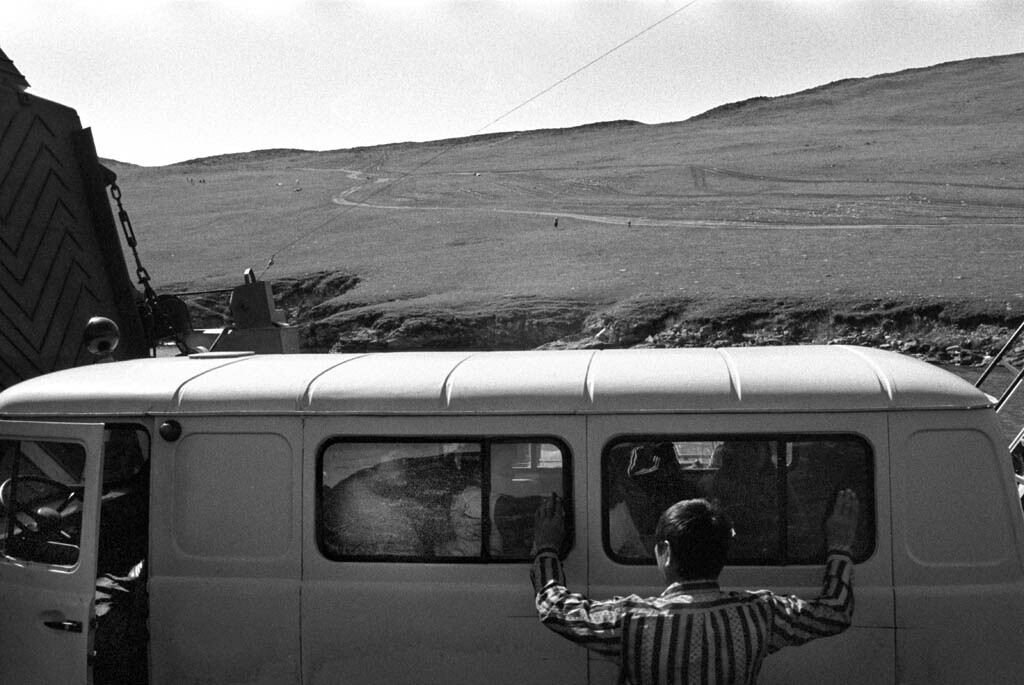LOIC VIZZINI
Photo-reporter
Lake Baikal
Lake Baikal (Russian: о́зеро Байка́л Ozero Baykal, pronounced [ˈozʲɪrə bʌjˈkɑl]; Buryat: Байгал нуур Baygal nuur, meaning "the rich lake") is the world's most voluminous lake, containing more water than all of the North American Great Lakes combined, a total of roughly 20 percent of the world's surface fresh water. Located in the south of the Russian region of Siberia (between Irkutsk Oblast to the northwest and the Buryat Republic to the southeast, near the city of Irkutsk), the body of water is also known as the "Blue Eye of Siberia".
At 1,642 meters (5,390 ft) (Baikal central part 53°14′59″N 108°05′11″E / 53.24972°N 108.08639°E / 53.24972; 108.08639), Lake Baikal is the deepest, and among the clearest of all lakes in the world. At more than 25 million years old, Baikal is also the world's oldest lake. Like Lake Tanganyika, Lake Baikal was formed as an ancient rift valley, having the typical long crescent shape with a surface area of 31,722 km2/12,248 sq mi, less than that of Lake Superior or Lake Victoria. Baikal is home to more than 1,700 species of plants and animals, two thirds of which can be found nowhere else in the world and was declared a UNESCO World Heritage Site in 1996. It is also home to Buryat tribes who reside on eastern side of Lake Baikal,rearing goat, camel, cattle and sheep,where the region temperature varies from a minimum of -17°C in winter to maximum of 14°C in summer.
At 1,642 meters (5,390 ft) (Baikal central part 53°14′59″N 108°05′11″E / 53.24972°N 108.08639°E / 53.24972; 108.08639), Lake Baikal is the deepest, and among the clearest of all lakes in the world. At more than 25 million years old, Baikal is also the world's oldest lake. Like Lake Tanganyika, Lake Baikal was formed as an ancient rift valley, having the typical long crescent shape with a surface area of 31,722 km2/12,248 sq mi, less than that of Lake Superior or Lake Victoria. Baikal is home to more than 1,700 species of plants and animals, two thirds of which can be found nowhere else in the world and was declared a UNESCO World Heritage Site in 1996. It is also home to Buryat tribes who reside on eastern side of Lake Baikal,rearing goat, camel, cattle and sheep,where the region temperature varies from a minimum of -17°C in winter to maximum of 14°C in summer.

